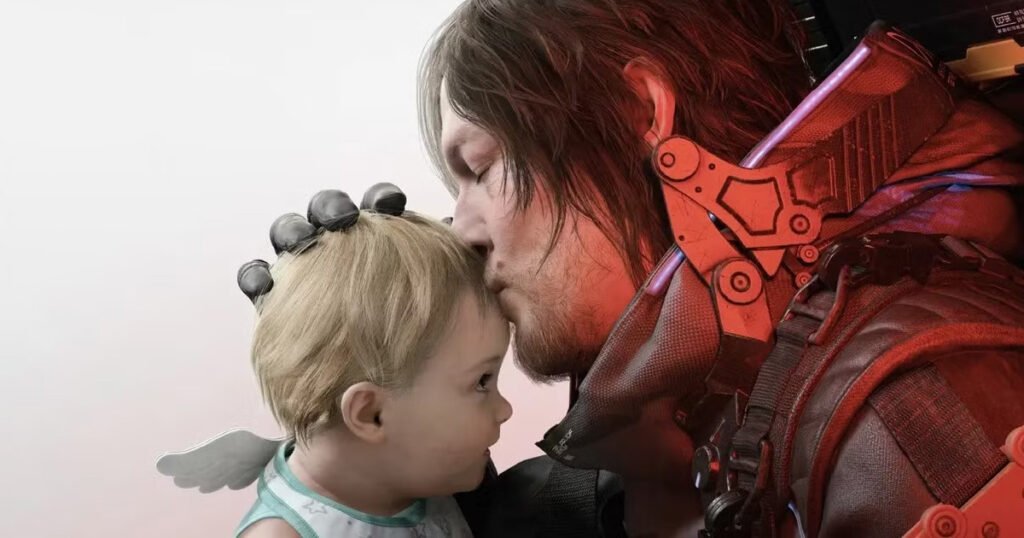Death Stranding 2: On the Beach on PS5 Pro
In a career that has spanned more than four decades in the gaming industry, it is clear that Hideo Kojima does what he wants, and he usually delivers. It has been the case with the Metal Gear series at Konami, and even at Kojima Productions, Death Stranding was a breakout success as a new IP. Will he and his team be able to top that with Death Stranding 2: On the Beach? The answer, in short, is a resounding yes.
There are many ways in which a sequel can go. Gameplay mechanics can be flipped, the narrative can deviate entirely, and beloved characters can be written off entirely. What Kojima Productions has chosen to do is stick true to its take on an open-world adventure that is at times familiar and at times altogether unique, save for its predecessor.
After all, what other game challenges players to think about terrain, weather, enemies, and resources when navigating, all the while balancing the amount of cargo you are lugging or driving around in a bid to save the world by building connections? Everything integral to the first game returns with a vengeance, making Death Stranding 2: On the Beach a close-to-perfect sequel… for those who love it, of course.
A Death Stranding 2: On the Beach Road Trip
Picking up things from the conclusion of Death Stranding, players will now join Norman Reedus’ Sam Bridges 11 months later, getting off the grid with his adopted daughter, Lou. There is a helpful recap option that explains the key events leading up to this juncture. Still, it is evidently challenging to capture the scale and complexity of Kojima’s creation with a short montage.
Those with a deeper understanding of this post-apocalyptic world will have a better grasp of the stakes. In contrast, the uninitiated will need to pay closer attention and consult the comprehensive in-game Corpus, which helps explain every important term and event that will take place. The new feature feels like a perfect riposte to critics who felt that there was too much going on, ensuring that with a bit of work, you too can become an expert at Beached Things (BTs), DOOMS, Extinction Entities, and more.
Regardless, their now-routine lives are interrupted by the visit of an old friend, Fragile (Lea Seydoux), who enlists Sam’s help in reconnecting Mexico, just as he did America under the Drawbridge organisation. After initial struggles, the boots are laced, and we are off once again to haul cargo and connect everyone to the chiral network.
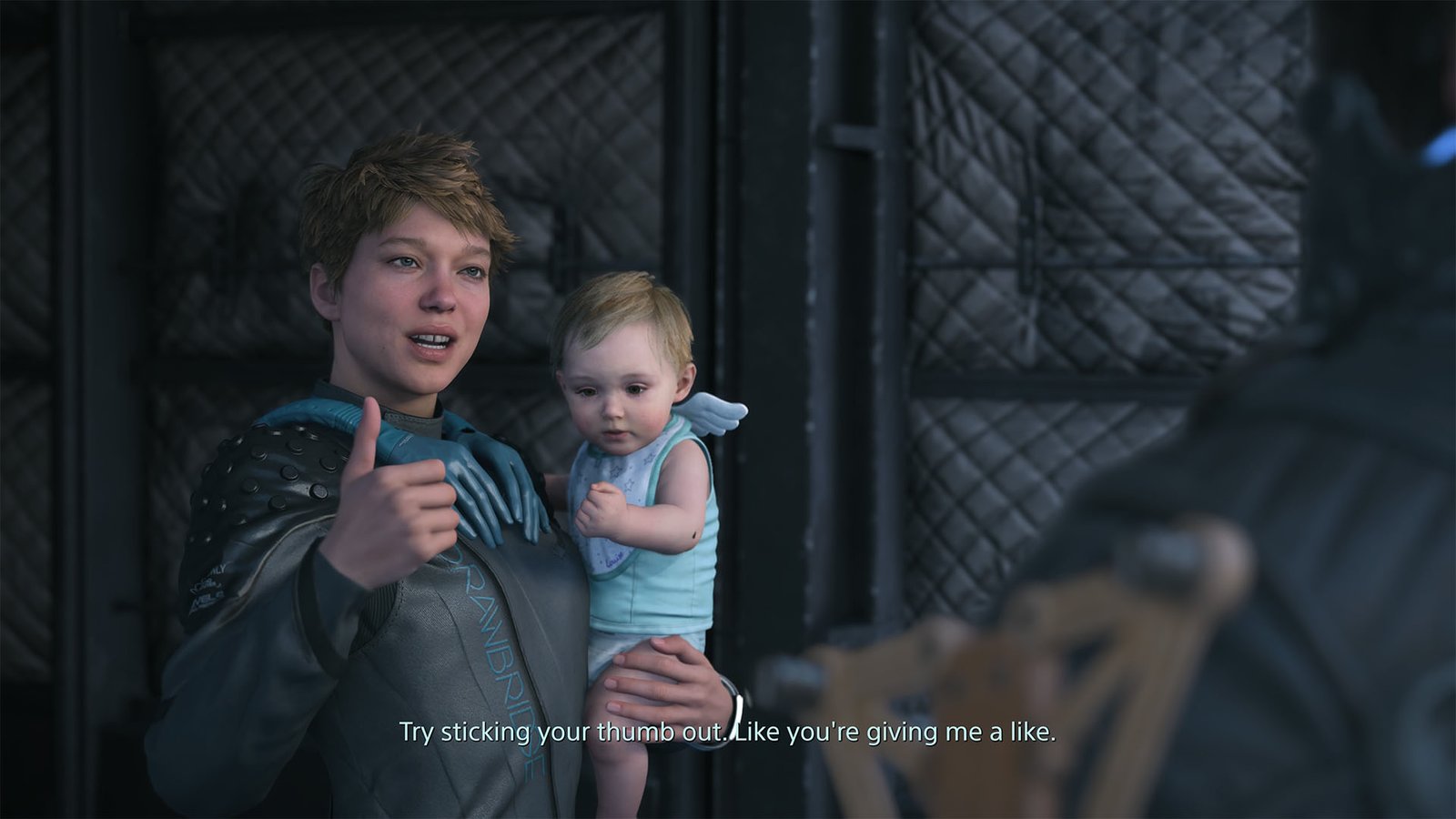
Death Stranding 2: On the Beach introduces its gameplay concepts in earnest, much more rapidly than before, which is a welcome sight. From route planning, hazards, cargo placement, weight, and the environment to all the dangers that await, it doesn’t waste much time getting players into the thick of the action.
Once you are comfortable dealing with flatter ground, the next challenge comes in the form of forested areas and steeper hills, all littered with varying terrain to test your management of Sam’s stamina and weight capacity. In between, new tools become available for use, where ladders and climbing anchors become your go-to for navigating dangerous heights and deep waters.
Your Way and the Highway
Your destinations are always clear; how you get there is entirely up to you. And it is this freedom of discovery that has always captivated me about the series. The verticality can be a hassle, but it also becomes an advantage once you have the right toys to play with. The onus is on you to solve the puzzle, and the variety on show in Death Stranding 2: On the Beach is once again of the highest quality.
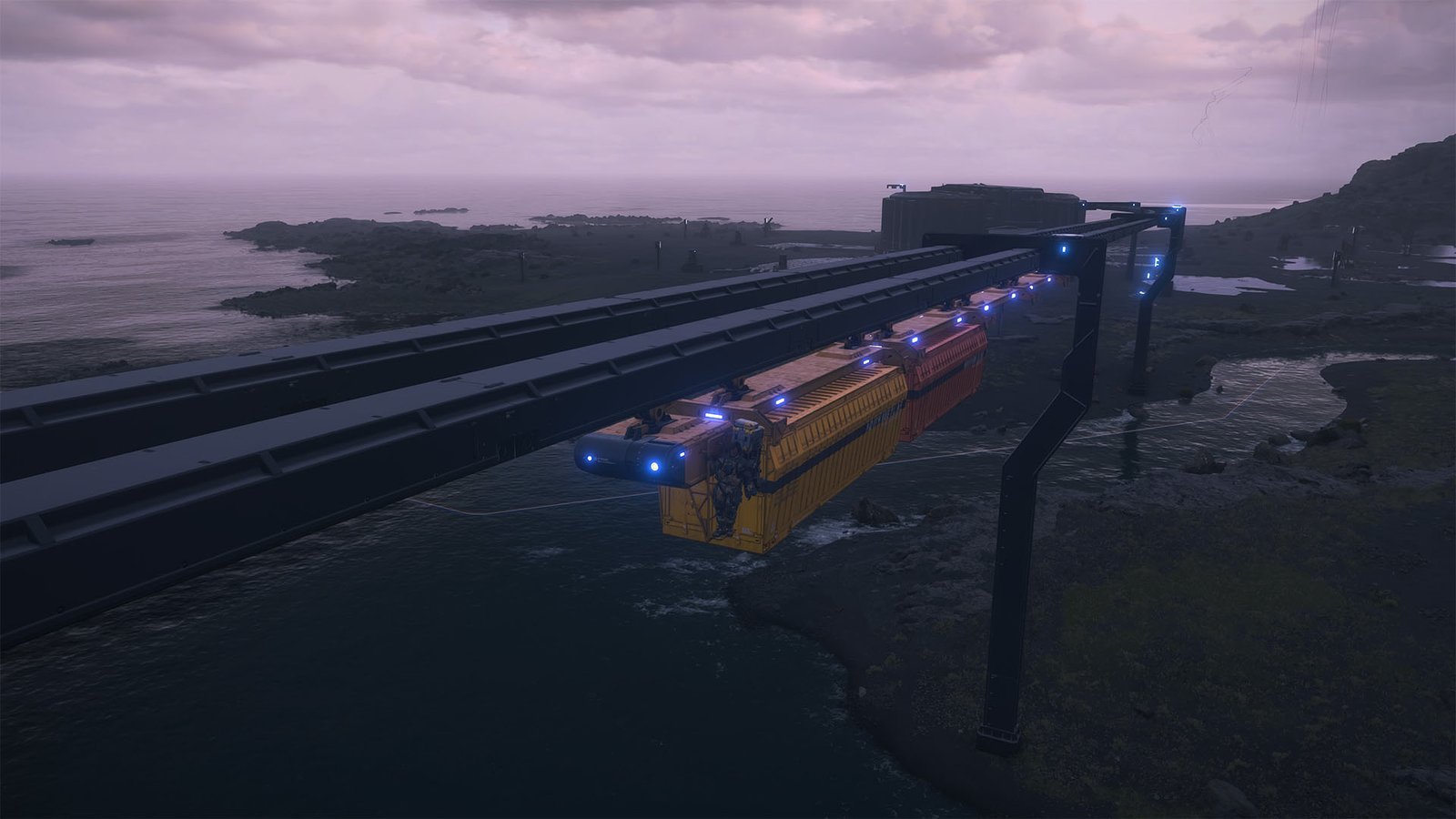
Rushing waters become less of a problem with a well-positioned bridge, as do useful generators and Timefall shelters to keep you going on further and longer. Without venturing into spoiler territory, there is much more players can tinker with when it comes to structures out in the world, which makes sense with the expanded play space found not just in Mexico, but eventually, the continent of Australia.
The return of auto-pavers feeds into my unhealthy need to connect every major area in the game with roads, and it is truly still a marvel to witness the transformation. What was once daunting terrain can become scenic drives by putting in the hard work and investing in infrastructure. The game goes further with the addition of monorail lines that can move people, cargo, and even vehicles. Ziplines, which were a godsend previously, can also connect to these monorail lines to create a transport network that works just for you.
Even with the ability to fast-travel in a couple of ways, nothing quite beats hitting the road and travelling from one end to the other. Specific orders will require it, but it is also enjoyable just to do so while picking up lost cargo along the way and listening to another stellar soundtrack collection. Shout out to the excellent approach of introducing new areas by punctuating the progress with a new song; it just feels right every time.
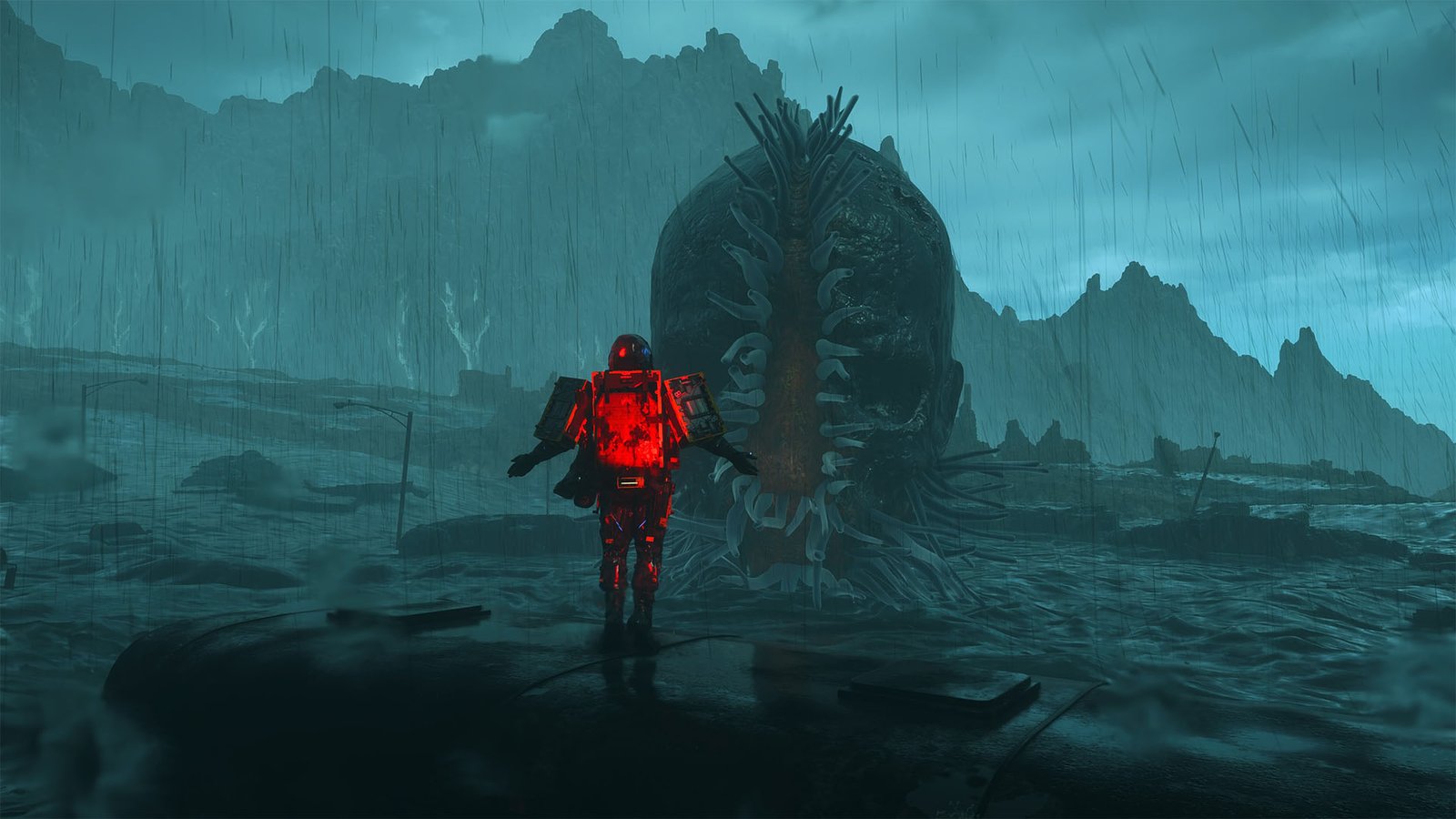
And the more you do for the people, the more the world rewards you. Close connections always reward players with new equipment, tools, and an added surplus of valuable resources, a robust ecosystem that keeps you going harder to make your future adventure easier. Sam also improves at what he does by being consistent, and there is a different upgrade tree that players can respec at any time to suit their needs. You can be a better porter or a better fighter, and with time, you can be both.
Violence is Not the Answer?
As noble as the quest to connect and lend a helping hand to all who deserve it is, this is a world that is actively trying to stop you from doing that. The aforementioned environmental hazards are not limited to just the ground you are walking on. Sandstorms, lightning strikes, buffeting winds, and the Timefall can always throw a monkey wrench into well-laid plans.
Having vehicles will help, but they are susceptible to damage as well, which means players have to always be on their toes, even with the added advantage. Running out of battery at the most inopportune time is a slap in the face, as is driving headfirst into a young sapling, which is frustratingly annoying when your perfect cargo contents are damaged in the process.
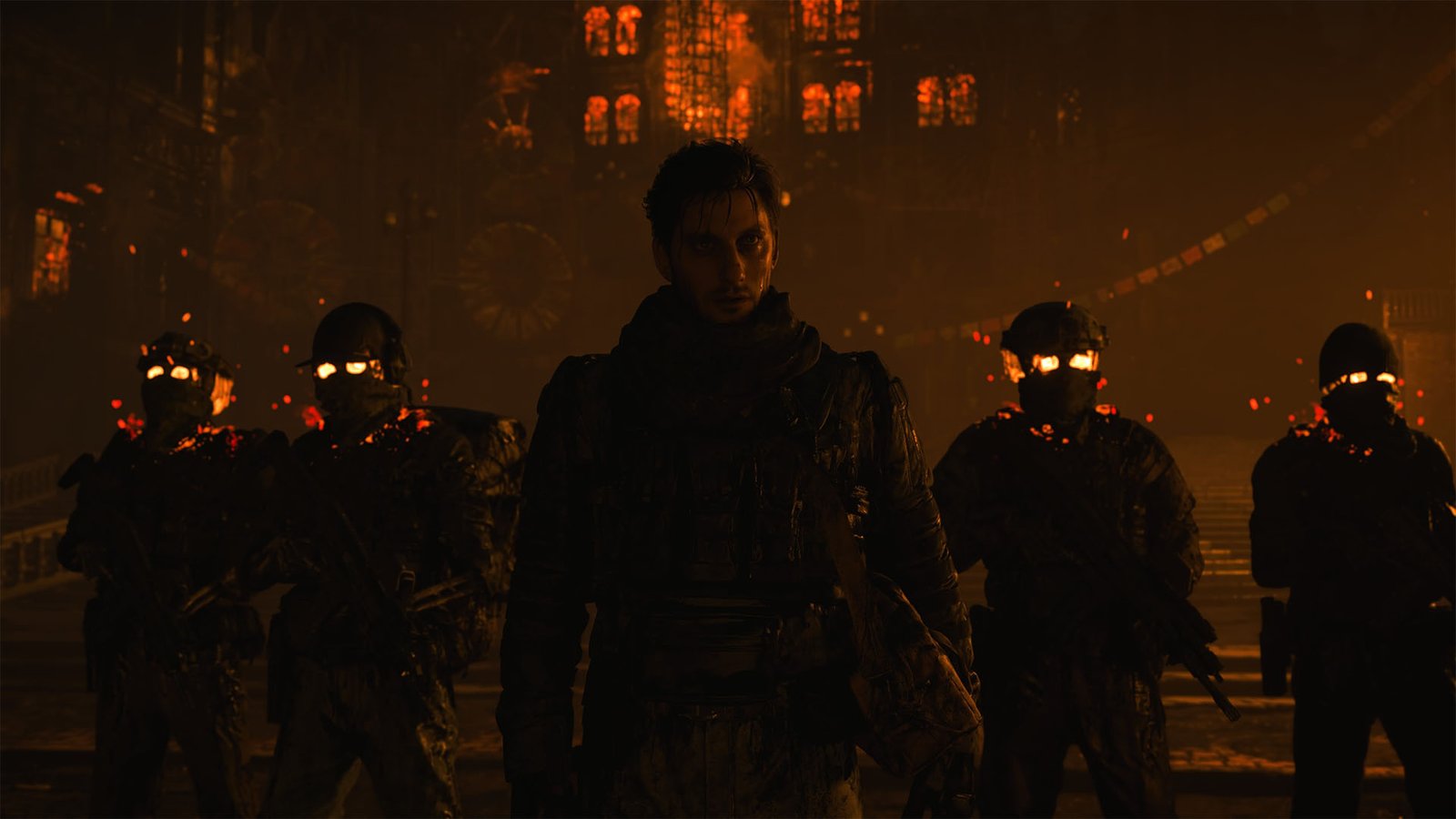
Not to mention that we are in the world of monstrous BTs and the human menace. Another thing I appreciate about Death Stranding 2: On the Beach is the removal of the need to differentiate between non-lethal and lethal force. The latter is still there, for fans of corpses and voidouts, but it is only accessible if you know a certain culinary code.
By and large, your weapons are now designated as multi-purpose (MP), capable of hurting BTs, humans, and later on, mechs alike. Blood Grenades still work great against the ethereal foes, but you are less likely to be ill-equipped this time around. Sam will also get some nifty melee and ranged options outside of firearms, which gives you more flexibility in combat.
BTs encounters are still intense and terrifying, especially for those who prefer stealth. Holding your breath to tiptoe past Gazers and Watchers is thrilling, but so is facing down giant BT creatures in epic fights. There are more ways in which they can hurt Sam now, and it makes sense why a large arsenal has been introduced to give you more of a fighting chance. They look spectacular as well, it is hard not to get distracted by some of the scale that is displayed, and when you gain a more intimate degree of control over them.
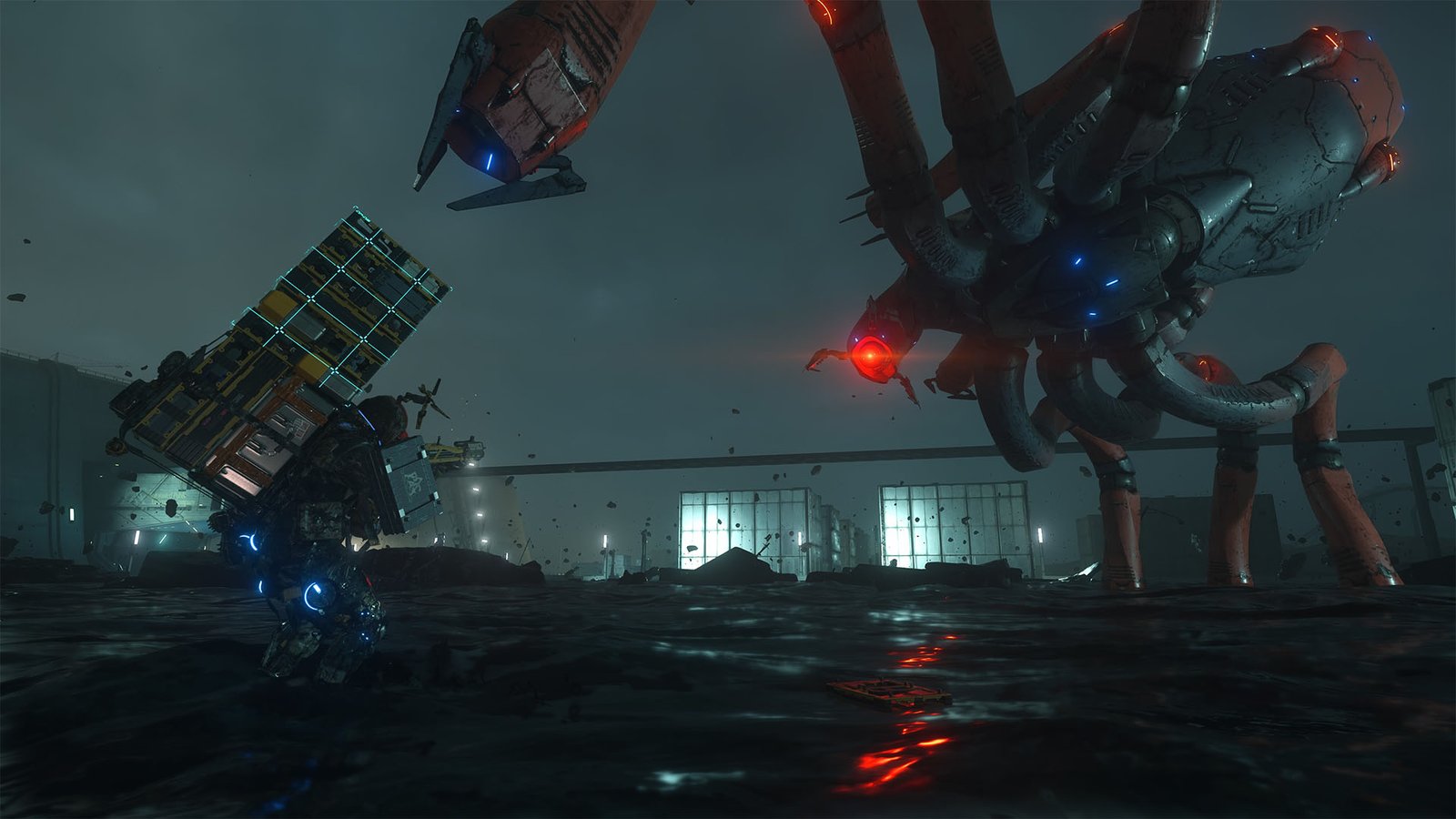
As for humans and the mechs, they offer a different experience, a sort of continuation of the tactical espionage action for which Kojima is famous. Going in all guns blazing is entertaining, but there is more sense of accomplishment in clearing out an entire base quietly while siphoning all the useful materials from the postboxes and stronghold stores. Melee combat is also much improved, with corresponding upgrades and tools to help you land solid punches and kicks. No matter how you like your conflict resolution, you won’t find the encounters in this sequel lacking.
Narrative Rush
With exploration and combat building on what came before, the narrative aspect of Death Stranding 2: On the Beach also sees the same level of care. Sure, there are still deep, profound themes at play in this game, such as grief, loss, and whether connection is even worthwhile in human society, but they all unfold at a much more engaging pace.
Whether that appeals to you or not is a whole other question. You can be a fan of the gameplay but not want to engage with the narrative, or vice versa. But at the very least, this can arguably be the most accessible Kojima narrative in a long while, helped by the addition of the Corpus and tighter storytelling.
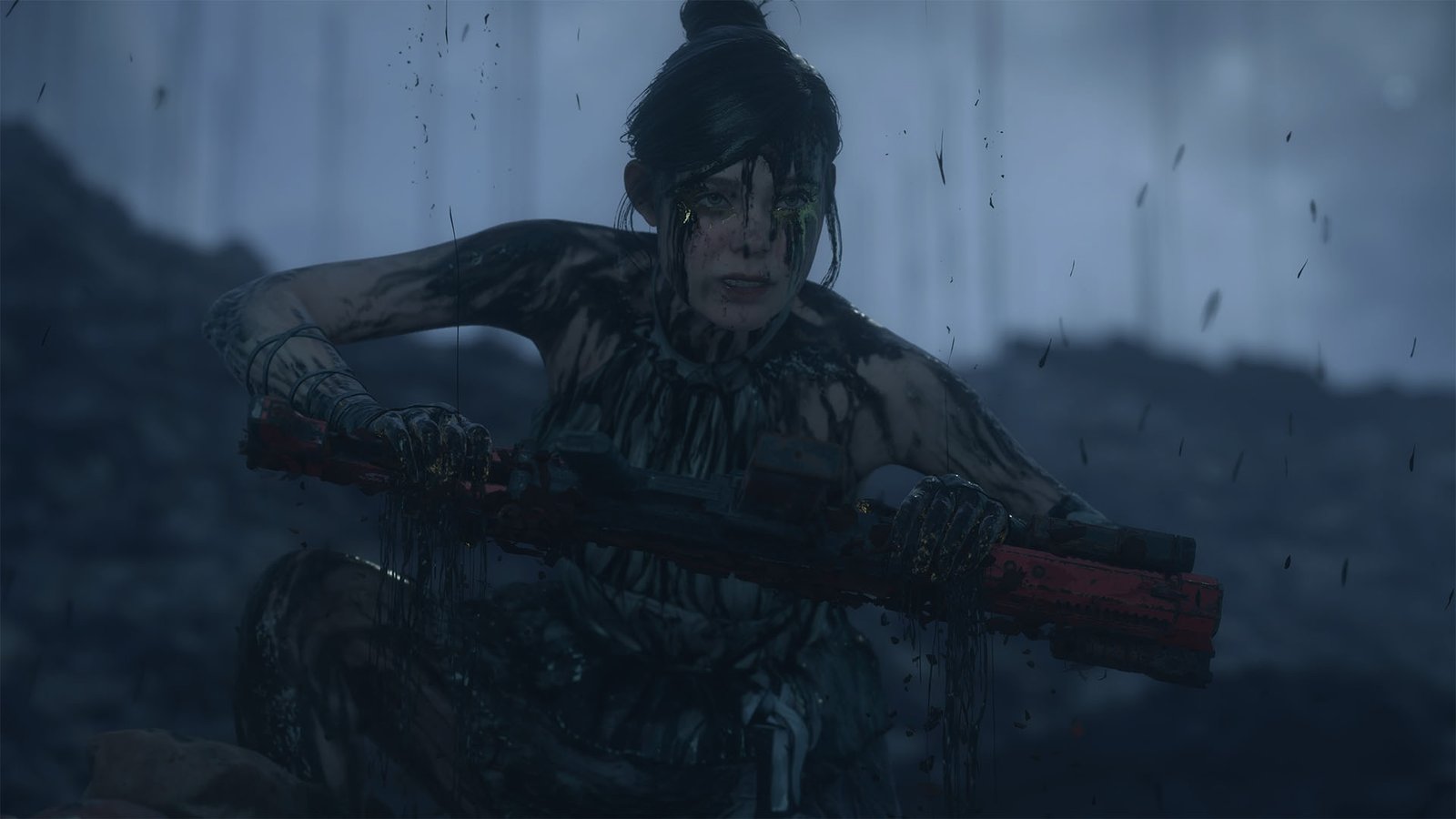
Similar to the gameplay additions, each successful main delivery brings new developments and character introductions. Fragile is but one of the many familiar faces that players will meet, and the introduction of new ones like Tarman (George Miller), Tomorrow, (Elle Fanning), and others tend to play key roles in the storytelling. There are still cameos that hint at Kojima’s love of the stars, but they are harmless fun at the core.
The star power of the game is probably why it looks so good as well. Playing on the PlayStation 5 Pro, the visual fidelity is simply incredible, while the game runs great. Characters animate well, are highly detailed, and the dialogue is more palatable. The same quality goes for the world. When the raindrops and other weather effects arrive, Death Stranding 2 is a marvel as you witness its diverse biomes and offerings.
Connecting the Network
There is no doubt that Death Stranding 2: On the Beach is made for a particular type of player: one who has the capacity to appreciate the nuances of this world and its approach. The game has been improved in all ways, but it will still have issues convincing those outside of the network that it’s worth experimenting with.
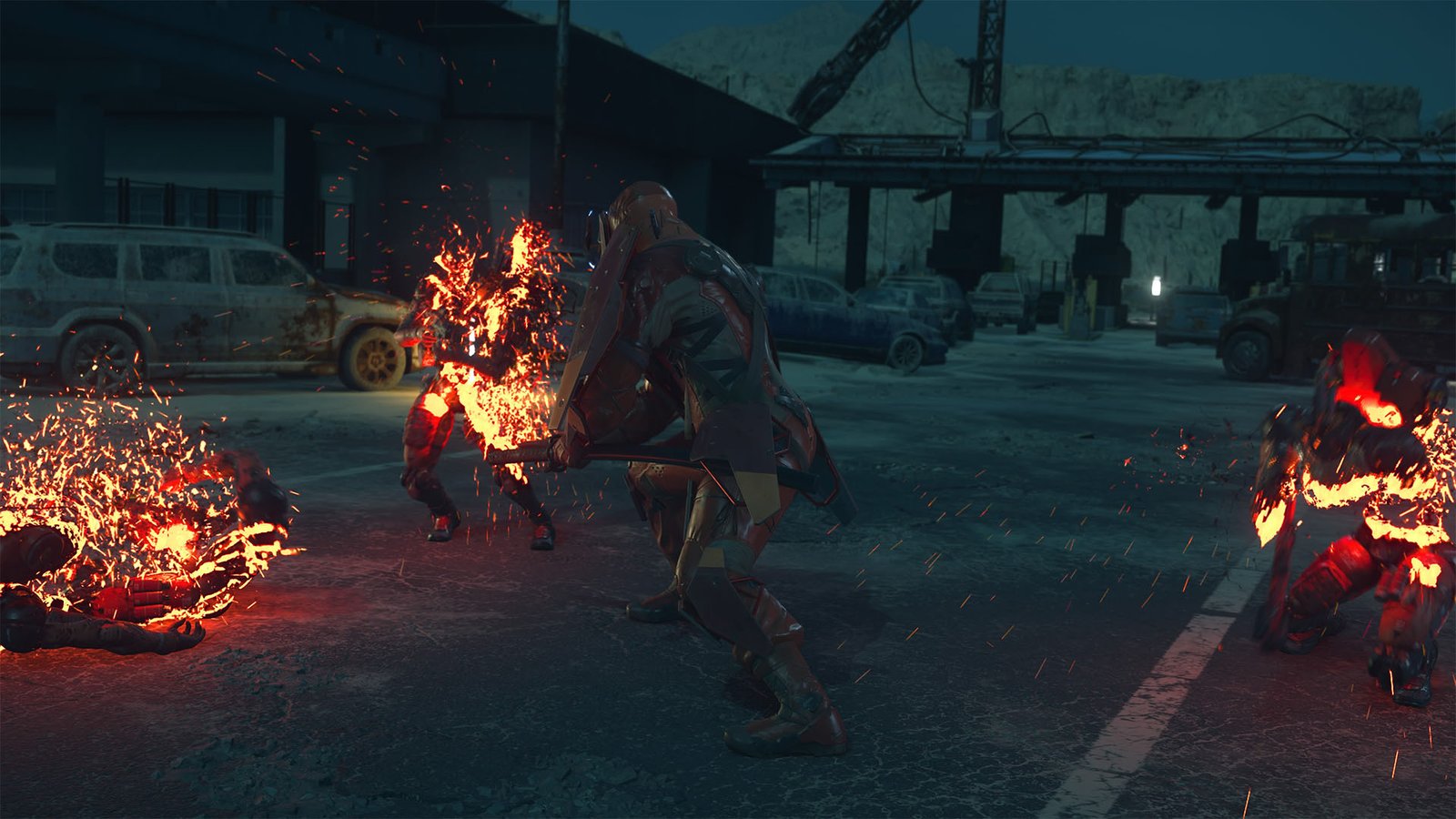
More of the same when it comes to a quality experience is never a bad thing, but Death Stranding 2 doesn’t have the same wow factor that came with every little detail of the first. It is still an incredible, indie-esque realisation of a grand vision that only Kojima can come up with, and being exceptional instead of groundbreaking is still worth giving a thumbs up to.
Death Stranding 2: On the Beach launches exclusively on the PlayStation 5 on June 26.
SavePoint Score
Summary
Death Stranding 2: On the Beach continues Kojima Productions’ excellent track record at reimagining the action-adventure genre, even if it just falls short of being the same magical experience as the first.

